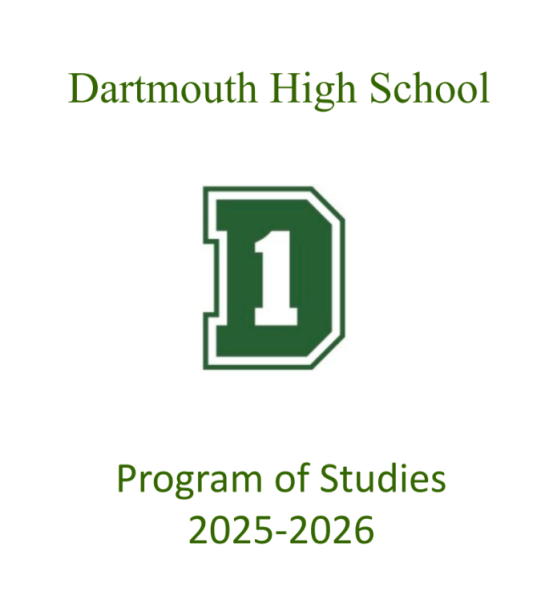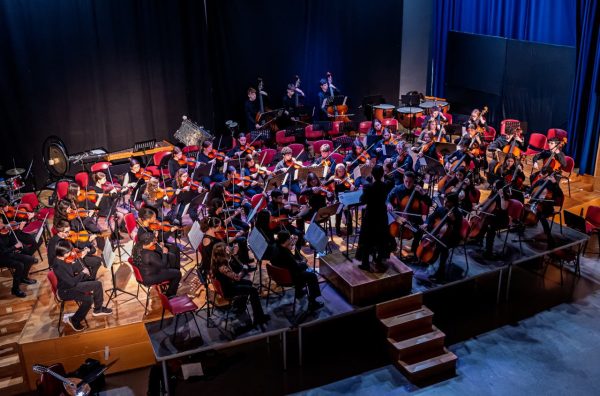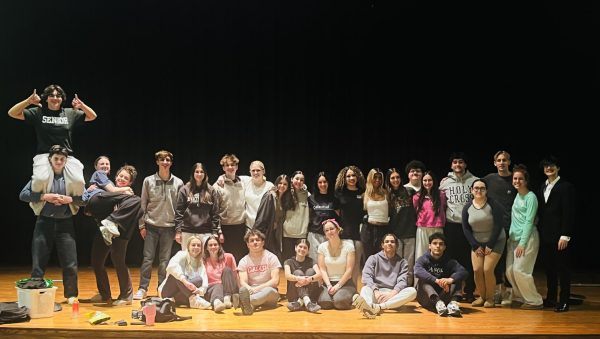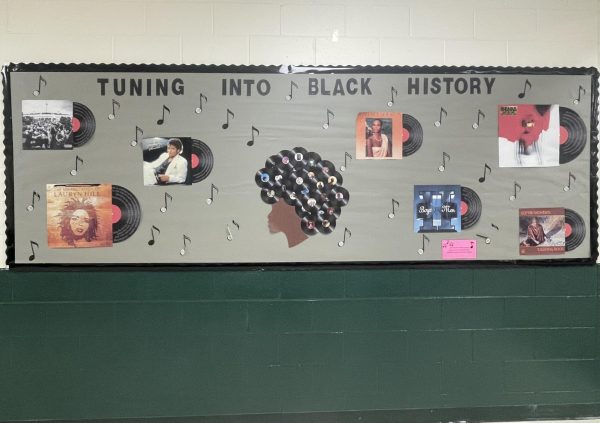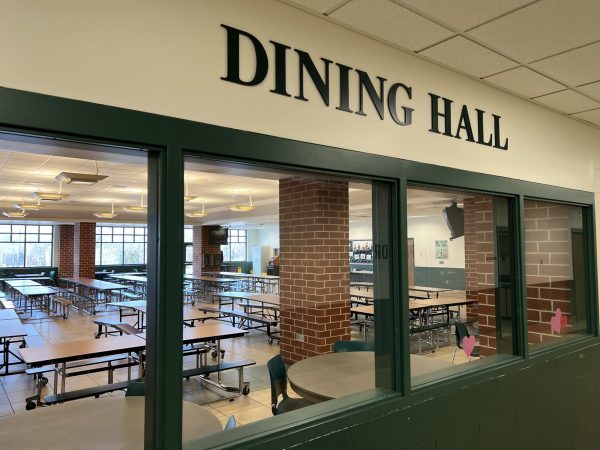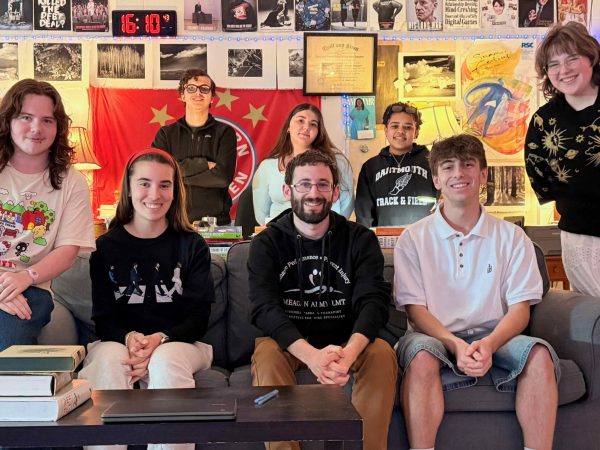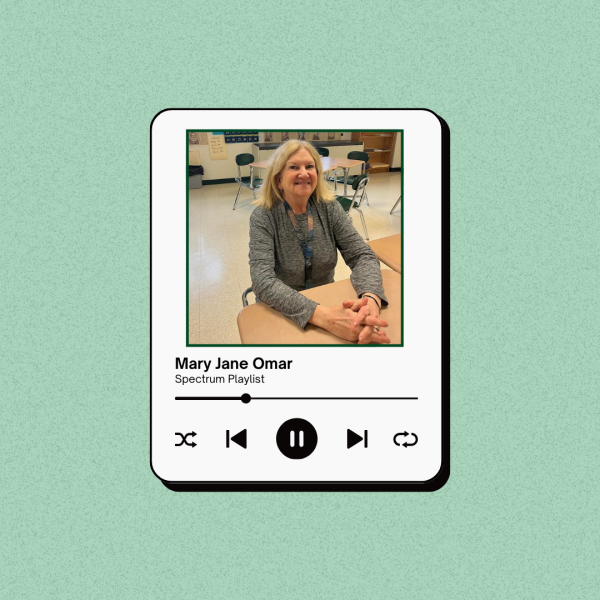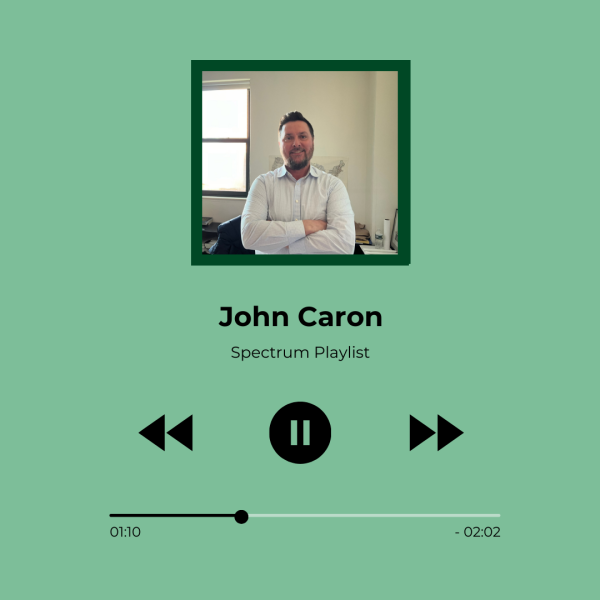DHS students speak out on the DHS mascot
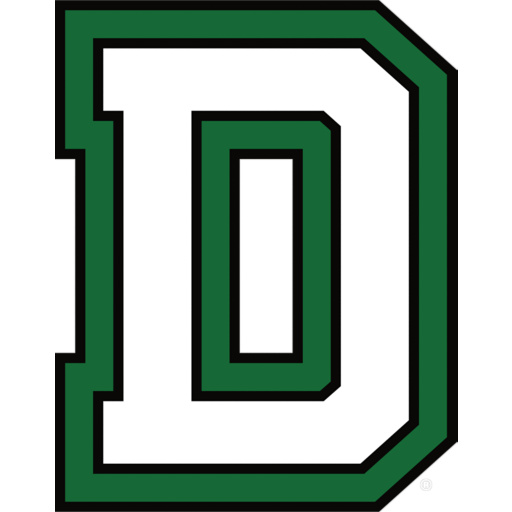
Will the Dartmouth School Committee vote to replace the DHS Indian mascot with the big D?
The current mascot at DHS consists of a sketch of an “Indian” with features in his hair, a large hoop earring in his ear and a large streak under his eye. The conversation surrounding the cultural significance of this mascot and the way it depicts the image of a Native American person is not a new one in Dartmouth. The mascot has been revisited many times since it was redesigned in the 1970s. Now the possibility of it changing seems closer than ever.
Recently, the school committee reopened the decision and is also planning to form a diversity committee with the sole purpose of addressing concerns surrounding the mascot. While the final decision is still up to the school board, the diversity committee’s recommendation will be influential in that decision.
Because of the impact the decision will have on DHS students, many have raised concerns on both sides, actively discussing the issues on social media and among themselves.
One of the concerns brought up by students regarding the mascot is the dehumanization of indigenous people. Senior Ariana Stevens believes that the use of indigenous people in mascots “dehumanizes and characterizes indigenous people.” She elaborated that the current DHS mascot culturally appropriates Native Americans through the use of nicknames and costumes without people knowing the important meaning and symbolism behind them. She explained that since school is a place of learning, the ideas presented subconsciously by the mascot are especially influential.
On the side in favor of changing the mascot, ideas of cultural appropriation are a common theme. Freshman Julia Caron believes that the mascot has “appropriated Native American culture” and has racially stereotyped Native Americans to appear one way while spreading misleading information about the cultural group.
Junior Colin Zhu agrees. “It’s hard for people in Dartmouth to wholeheartedly and completely represent themselves as the Dartmouth Indians,” he said. He explained that the vast majority of students at DHS are Caucasian and by using an “Indian” mascot they are appropriating a culture that is not their own.
However on the other side of the issue are those who wish to preserve the traditional mascot. Junior Isabella Rapoza believes that while there is a “fine line between appreciation and appropriation, a mascot isn’t crossing that line.” She believes that the mascot does not belittle Native Americans; it instead preserves their memory.
Junior Elizabeth McKinley disagreed with this point. “If people really wanted to keep them [Native Americas] in the conversation, then history classes should be implemented to explain Native American history.” She brought up that the name “Indians” is also problematic as it does not describe the cultural group accurately.
Today the mascot is represented mainly by DHS sports teams. Rapoza believes that this is beneficial because it is “saying that we fight for the Indians and we think they’re strong and powerful and that’s what we’re trying to represent.”
However McKinley disagrees. She believes that the use of a Native American mascot on the sports teams actively hurts Native Americans because mascots are commonly animals. In this way using a Native American as a mascot dehumanizes the Native American community.
Those in favor of keeping the mascot have stated that it is a symbol of Dartmouth as a town so it should be preserved. In response to this McKinley stated that the mascot is “not a symbol of the town but a symbol of institutionalized racism.”
A concern that has been brought up among students is the possible cost of changing the mascot. Rapoza brought up the point that the school will “need to make a whole new set of school spirit merchandise which many students, especially those on sports teams wear.” Another problem she brought up is that the school would be “facing the whole issue of producing and replacing uniforms.”
Zhu countered this point, stating that “if a financial concern is greater in validity than racial tensions and appropriation, that truly demonstrates the gross misplacement of ethical priorities.”
Steven also addressed this concern by stating that the “cost is something that we as Dartmouth high students can do different fundraisers for or have donations sent in.” She provided examples of some events that we could possibly do to raise funds. Among these were “stay in the car washes, glove distributed food sales, (and a) fun run/marathon.”
Stevens has also addressed the issue surrounding school merchandise explaining that it would be possible to create a system that benefits everyone where DHS students could bring in old merchandise in exchange for new with a reduced price. She believes that new designs of merchandise could help get people excited about the change of name.
The mascot may have already deterred students from purchasing DHS merchandise. Caron said that she would not buy a sweatshirt that says Dartmouth Indians on it because she thinks that we need this change to happen; if she were to buy something that had anything to do with Indians then she would be supporting the opposite of the cause that she wants to support. McKinley states that she does “not buy Dartmouth Merch unless it doesn’t have the Indian symbol or name on it.”
Finally, the issue of how the changing of the mascot should be approached has come up among both groups of students. McKinley has actually applied to be on the diversity committee who will discuss the mascot at length. She believes that “the diversity committee is a good start” but changes still need to be made. She has explained that the “issue needs to be discussed as a community,” and for that to happen there must be an open dialogue among students, indigenous people, and the school committee.
Zhu believes that this issue is an opportunity that could give Dartmouth schools the chance to express pride in themselves, with a symbol and name which represent the student body and beliefs. He elaborated that the school committee must consider the message they want Dartmouth schools to give, explaining that “only through genuine conversation and reflection could a symbol be created that is inclusive, and does not make students question their own morals for school pride.”

